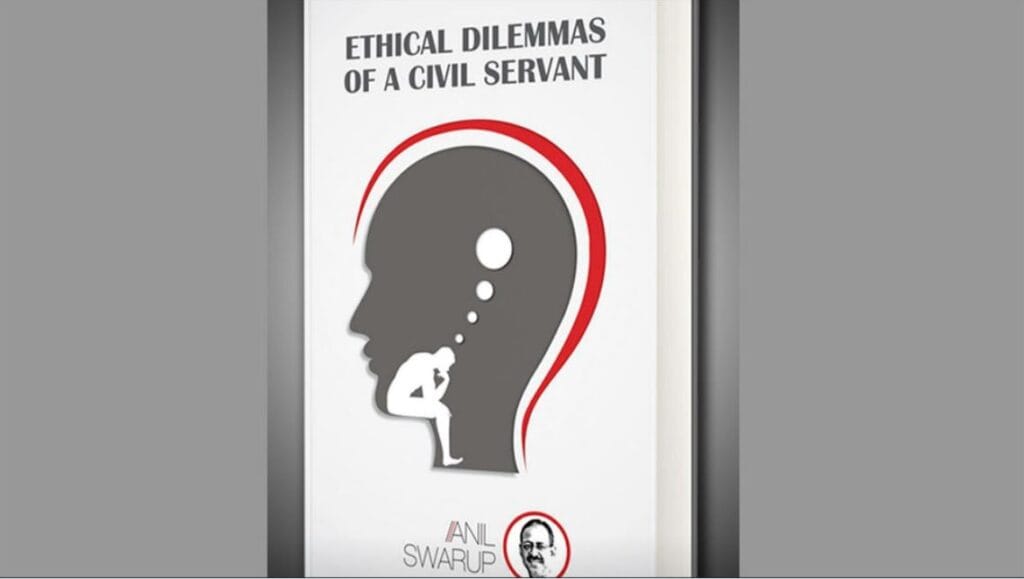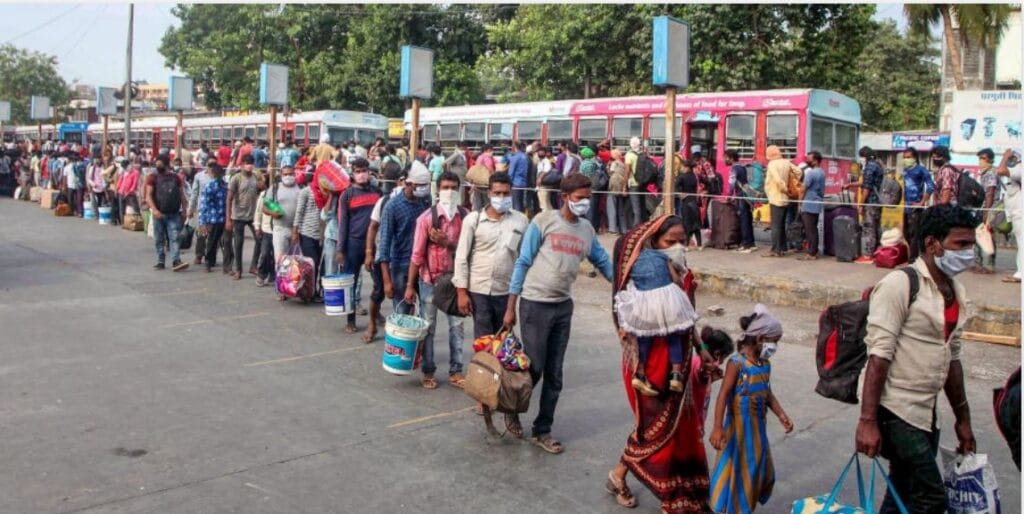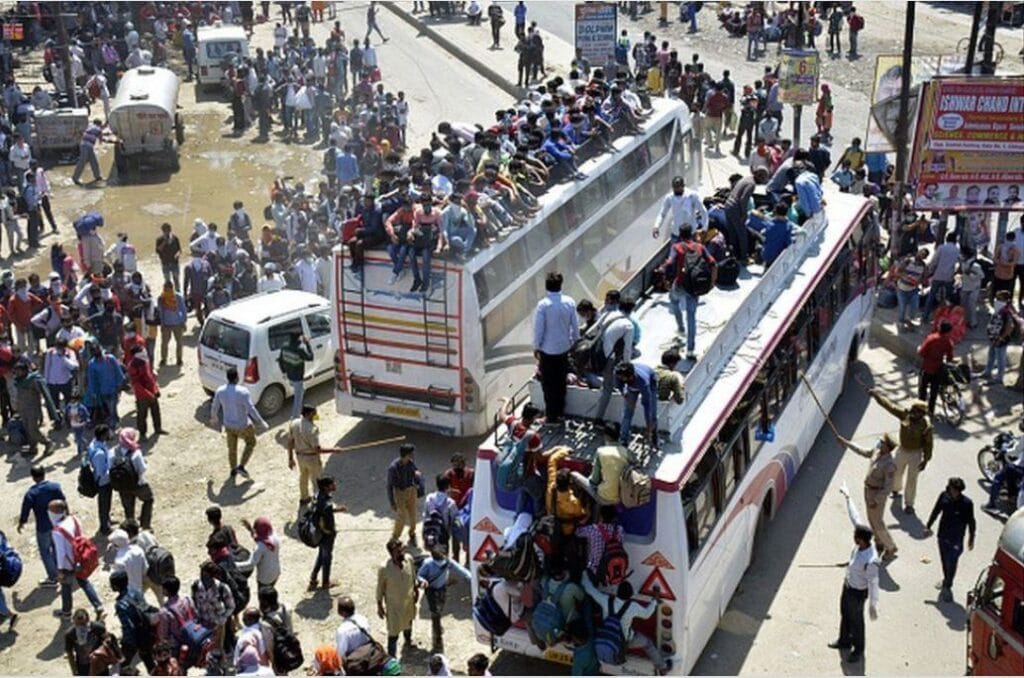Media Industry- From Pandemic to Exploitation
Covid-19 pandemic came as a big blow to perhaps every sector including a wide range of Mass Communication verticals like the Media industry, Advertising, Public Relations, Event Management, and even higher education, which not only faced its worst-ever crisis but heavy job losses. Down with business, many companies faced closure or went for downsizing while shifting from business premises to Work From Home (WFH) mode.
The media industry comprising big organizations responded by massively cutting jobs and salaries, closing bureaus and editions and though the indian economy is finding it hard to settle down, the media houses continue to exploit now the employees in the name of a pandemic by continuing to separate experienced journalists. Recent separations of top journalists with leading brand times of India in south editions are a recent example.
Are these big media houses are really incurring losses looks illogical but a pandemic is the one word to exploit employees?

The precise number of journalists who have lost their jobs isn’t known because the employers were secretive and tight-lipped about layoffs, but estimates put it in the thousands. And the crisis is not yet over. Media workers continue to be laid off, furloughed, or made to work on a reduced salary. Employers have been ruthless.
This situation pushed journalists to switch to other professions with many even opting for their own ‘YouTube channel’ as salaries offered were meagre. Few took up content creation, translation, and even teaching in journalism schools. Freelancing is an option, but it is not a viable source of livelihood in today’s media market. “There is not enough freelance work in the market as most organizations have seen their revenues dry up,” said a senior journalist who till recently was working with a well-known newspaper. Even starting a new media venture, especially in today’s market, is no mean task,
Digital media has come to the rescue, but it was more of a pastime as payments were hard to come by. Salaries offered are meagre with delayed payments.
Advertising and Public Relations, an integral part of mass communication, had to battle newer challenges. Normally these two media sectors are no stranger to disruption and turmoil having overcome economic pressures & political tensions but most of these episodes have been short-lived.
Ad and PR agencies, which are heavily dependent on mega-events, sports, and ad-tech gatherings faced unpredictability as the global outbreak of Covid-19 intensified and travel restrictions continue to be imposed. Closer home, several agencies changed their working to go online and hold virtual meetings to deal with this unprecedented crisis. Modern ways of technology came to the rescue but in the process, an unspecified number of people in these two industries lost jobs.
With the global market observing a slowdown, people stopped buying newspapers & clients’ proactiveness towards continuing PR activities was put on hold because of prolonged lockdown, which impacted product launches and other promotional or media events where PR teams play an important role. So was the case of multi-million-dollar events businesses.
The Indian entertainment industry was one of the worst-hit and productions of films came to a halt. Depressed with the continued impact of the pandemic we heard of suicides and deaths of superstars. Indian Bollywood lost many great stars either because of Covid-19 or they could not withstand the pressure.
Meanwhile, the Education industry too faced a stiff challenge as schools, colleges and universities closed. However, there was a silver lining to this cloud as it opened new gates to innovative methods of transmission of knowledge across the globe.
The fact is despite pandemic Education as an industry was least affected if you talk about the new admissions, though with a slight drop in a number of students and one of the factors was delayed results of Intermediate classes by different boards. Some students had to opt for a break under confusion whether admission cycle will be maintained.
COVID-19 accelerated the adoption of digital technologies to deliver education. Education institutions moved towards blended learning and encouraged teachers and students to acquire technology savvy.
Soft technology, online, webinars, virtual classrooms, teleconferencing, digital exams, and assessments became a common phenomenon, where otherwise we might have merely defined them — or they might have come into practical use a decade later or more. However, many universities taking the advantage of the situation either stopped salary or went for heavy cuts and even teachers lost jobs in the primary and secondary education institutions. There are no new appointments in universities and now offer is contractual or Visiting faculty to save money as a regular employee. The universities too in the name of pandemic made their faculty & staff ‘Work from Home’ on reduced salaries, the students seem to have gone lazy and unwilling to get out of their houses?
While universities are gradually opening up, they have offered Hybrid Classes giving the option of Online and Offline classes and this has affected the quality of teaching. Online teaching can never be an alternative to Class Room interaction but this system is helping college and university management to go on Low in the maintenance of their campuses thus saving money. The unpredictable behavior of the Covid-19 virus keeps the situation dicey?
I do not see the possibility of returning to normalcy and both the education and media industries will continue to be erratic and exploiting in the year 2





